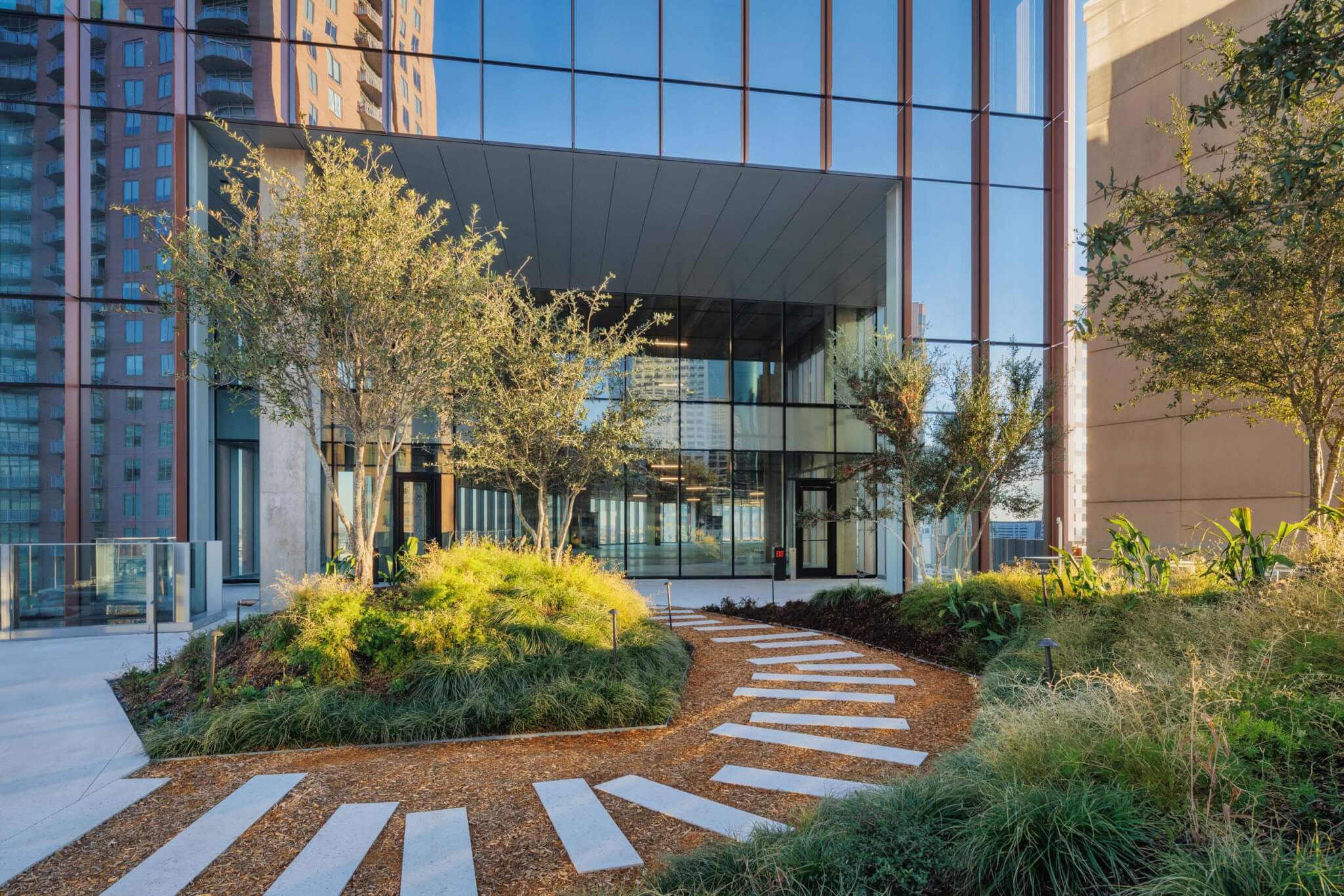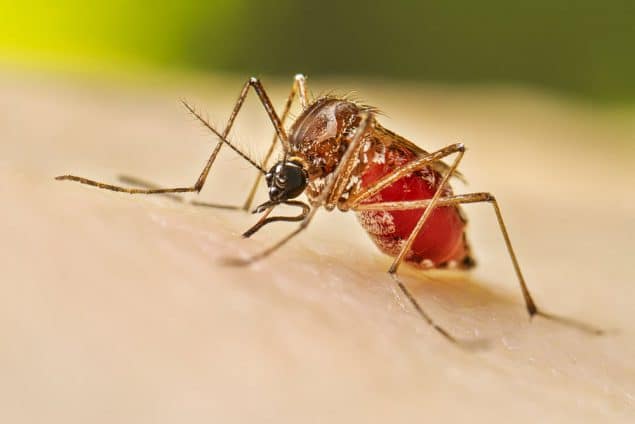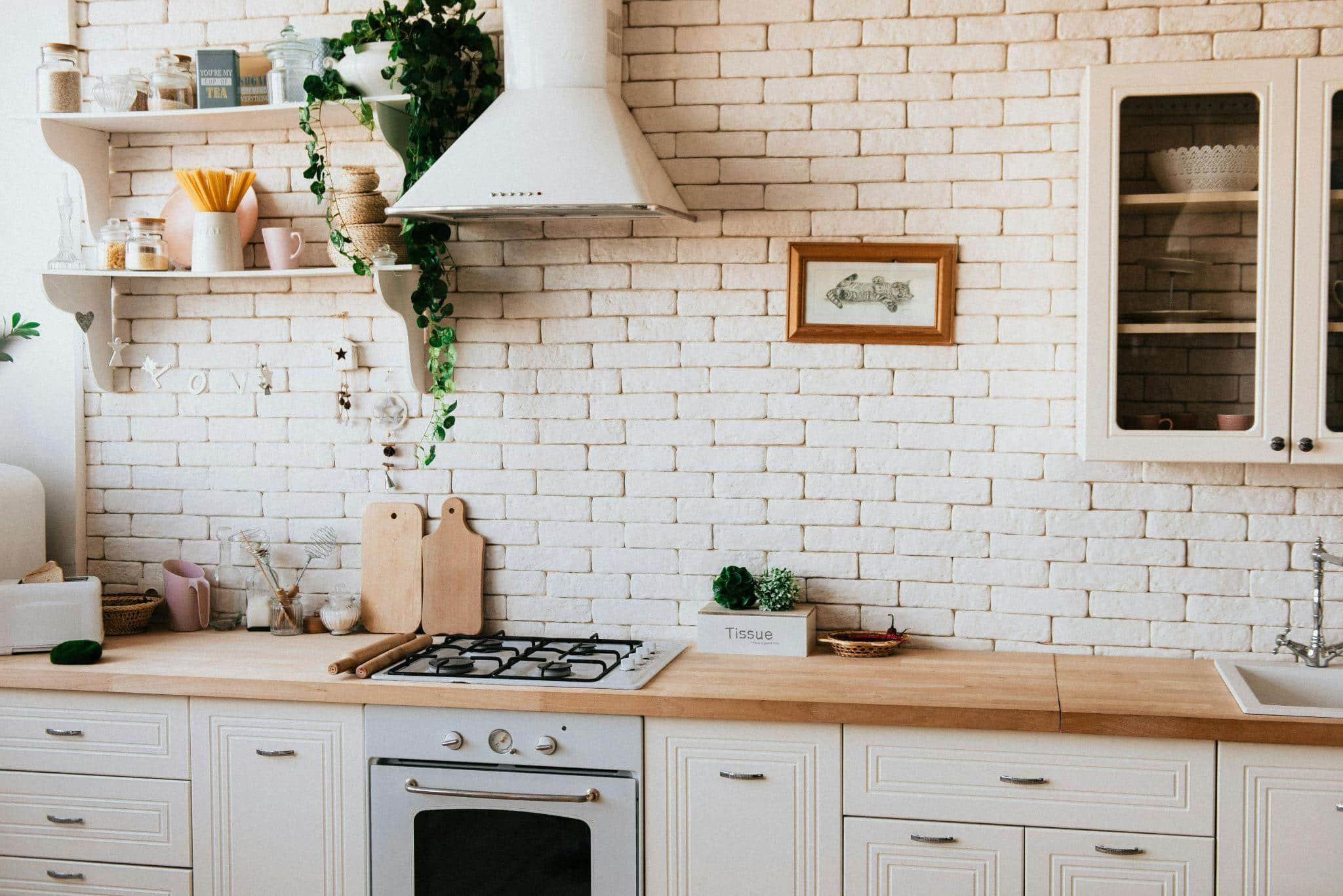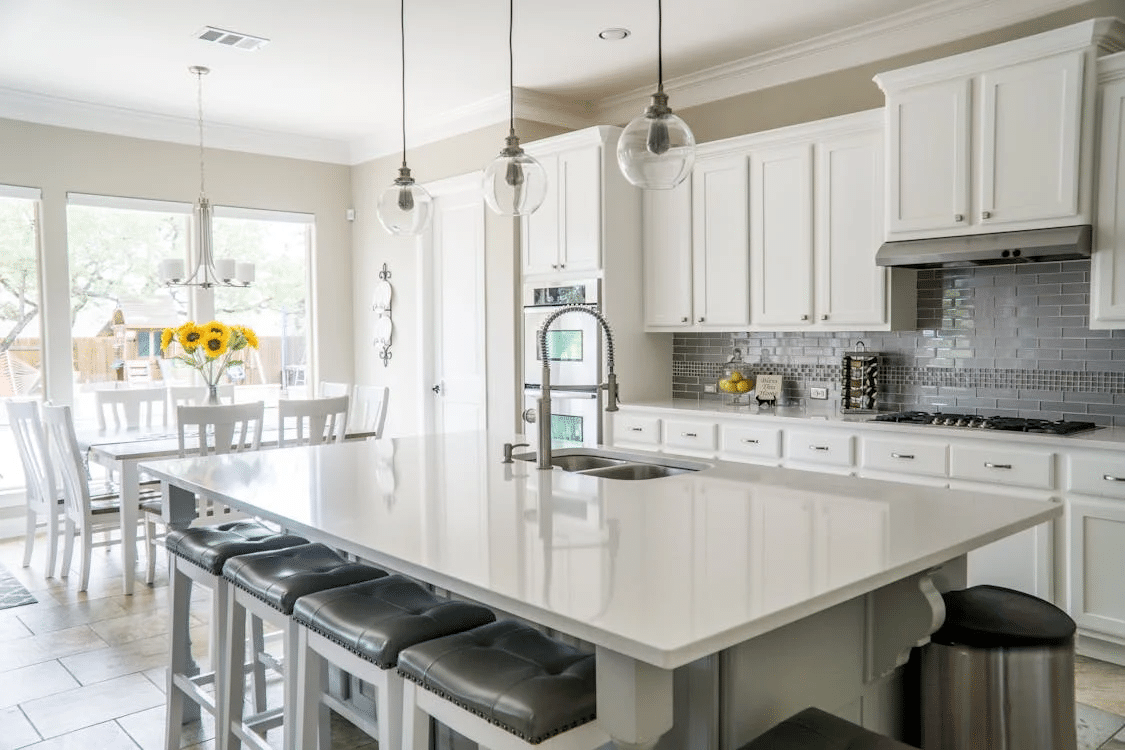Things to Do After Moving Into a New House – Complete Guide
Moving into a new house is a significant life event, filled with both excitement and daunting tasks. It’s a transition that goes beyond merely relocating your possessions; it’s about creating a new living space that feels like home.
“Things to do after moving into a new house” encompasses a range of activities from practical necessities to personal touches that transform a house into your haven. This guide will delve into the essential steps to take after your move, ensuring a smooth and enjoyable transition to your new home.
The process of settling into a new home can be overwhelming, especially when faced with a multitude of tasks that demand immediate attention. From the moment you step through the door, a checklist of “things to do after moving into a new house” becomes your roadmap to establishing comfort, security, and a sense of belonging in your new environment.
This article aims to simplify this process, providing a comprehensive guide to help you navigate through the initial stages of moving into a new home. Interestingly, despite the challenges associated with moving, people often love the opportunity it presents for a fresh start, a chance to reorganize their lives and create a space that truly feels like their own. It’s no wonder that services provided by residential movers are in high demand, as they play a pivotal role in facilitating this transition.
Immediate Post-Move Tasks
Home Inspection and Inventory
One of the first “things to do after moving into a new house” is to conduct a thorough home inspection. Check every corner, from the attic to the basement, for any signs of damage or needed repairs. This inspection is crucial for ensuring the safety and livability of your new home. Compare your findings with any pre-move inspection reports to identify discrepancies or new issues that need addressing.
Unpacking Essentials
Unpacking can be a daunting task, but prioritizing your essentials can make the process more manageable. Start with the items you need for daily living, such as kitchenware, toiletries, and clothing. Setting up your bedroom, kitchen, and bathroom first not only makes your first few days more comfortable but also provides a sense of normalcy amidst the chaos of boxes.
Setting Up Utilities and Services
One of the vital “things to do after moving into a new house” is to ensure all utilities are operational and transferred to your name. This includes water, electricity, gas, internet, and cable services. The last thing you want is to spend your first night without heat or light.
Securing Your New Home
Changing Locks
When it comes to security, “changing your address” and locks should be at the top of your list. You never know how many copies of the old keys are out there, and changing locks is the only way to ensure that you are the sole person with access to your home. According to recent security reports, new homeowners who change their locks significantly reduce the risk of unauthorized entry.
Installing a Security System
Installing security systems is a crucial step in safeguarding your new home. A good security system not only deters potential burglars but also provides peace of mind. With advancements in technology, homeowners now have a variety of options ranging from basic alarm systems to comprehensive home automation systems that include surveillance cameras, motion detectors, and 24/7 monitoring services.
Recent statistics indicate a significant decrease in break-ins in homes equipped with security systems. When selecting a system, consider factors like the size of your home, your lifestyle, and specific security concerns. It’s also a good idea to check with your insurance provider, as many offer discounts for homes with security systems.
Safety Checks
Conducting safety checks is an essential part of the “things to do after moving into a new house” checklist. Start by testing all smoke detectors and replacing batteries if necessary. Ensure that fire extinguishers are in place and fully charged. Check the house for any potential fire hazards, such as frayed wires or blocked vents.
Personalizing Your Space
Interior Decorating
After addressing the practical aspects of moving in, it’s time to focus on “personalizing your space.” Interior decorating is not just about aesthetics; it’s about creating an environment that reflects your personality and lifestyle. This could involve painting walls, hanging art, or arranging furniture to suit your taste and comfort.
Organizing Space
An organized home is a happy home. As you settle into your new house, think about how you want to use each room and arrange your belongings accordingly. Efficient organization not only enhances the aesthetics of your space but also improves functionality and reduces stress.
Recent studies have shown that a well-organized home can significantly impact your mental well-being and productivity. Use this opportunity to declutter, donate, or discard items you no longer need. Invest in storage solutions that are both practical and stylish, and consider the flow of each room, arranging furniture and items in a way that maximizes space and accessibility.
Local Integration
Updating Address and Contact Information
One of the essential “things to do after moving into a new house” is “changing your address” officially. This includes updating your address with the postal service, your employer, banks, credit card companies, and any other institutions that need to have your current address on file. It’s also a good time to update your driver’s license and vehicle registration if you’ve moved to a new state.
Additionally, inform your friends and family of your new address. In the age of digital communication, it’s easy to overlook the importance of having your physical address updated for personal contacts, but it’s crucial for receiving mail, packages, and visits from loved ones.
Exploring Your Neighborhood
Getting to know your new surroundings is a key part of settling into your new home. Take some time to “explore your neighborhood.” Discover local amenities such as parks, restaurants, shops, and entertainment venues. This not only helps you acclimate to your new area but also provides opportunities to engage with your new community.
Learning the local language is crucial for settling into your new community. Whether you opt for an online language tutor, a face-to-face language instructor, or language apps, dedicating time to learning the language will help you connect with neighbors, navigate daily tasks, and fully immerse yourself in your new surroundings. Start with basic greetings, common phrases, and vocabulary related to your daily activities. Practice regularly to build confidence and proficiency in your new language, making your transition smoother and more enjoyable.
Long-Term Considerations
Financial Planning (Mortgage, Taxes)
One of the most significant long-term “things to do after moving into a new house” is establishing a solid financial plan. This includes understanding and managing your mortgage payments, property taxes, and any other financial obligations related to your home. A well-structured budget can help you stay on top of these expenses and plan for future upgrades or renovations.
Future Improvements and Investments
Planning for future improvements and investments in your home is a key part of long-term homeownership. Whether it’s a dream kitchen remodel, a new deck, or energy-efficient upgrades, these improvements not only enhance your living experience but can also increase the value of your property.
Stay informed about the latest home improvement trends and technologies. Investing in energy-efficient appliances, for example, can reduce your utility bills and contribute to a more sustainable lifestyle. Plan these projects carefully, considering both your budget and the long-term benefits to your home and lifestyle.
Community Involvement
Getting involved in your community is one of the most fulfilling things to do after moving into a new house. Participation in community events, local organizations, or neighborhood projects can enrich your life and create a sense of belonging. Community involvement is not only about giving back but also about building relationships and creating a supportive and vibrant environment for yourself and your neighbors.
Conclusion
Moving into a new house is an exciting journey, filled with opportunities and challenges. From “things to do after moving into a new house” like “transfer utilities,” “install security,” and “deep clean,” to “meet your new neighbors” and get involved in the community, each step you take helps turn your house into a home. Remember, this guide is a starting point; each home and homeowner is unique. Embrace this new chapter with enthusiasm and make the most of your new beginning.







